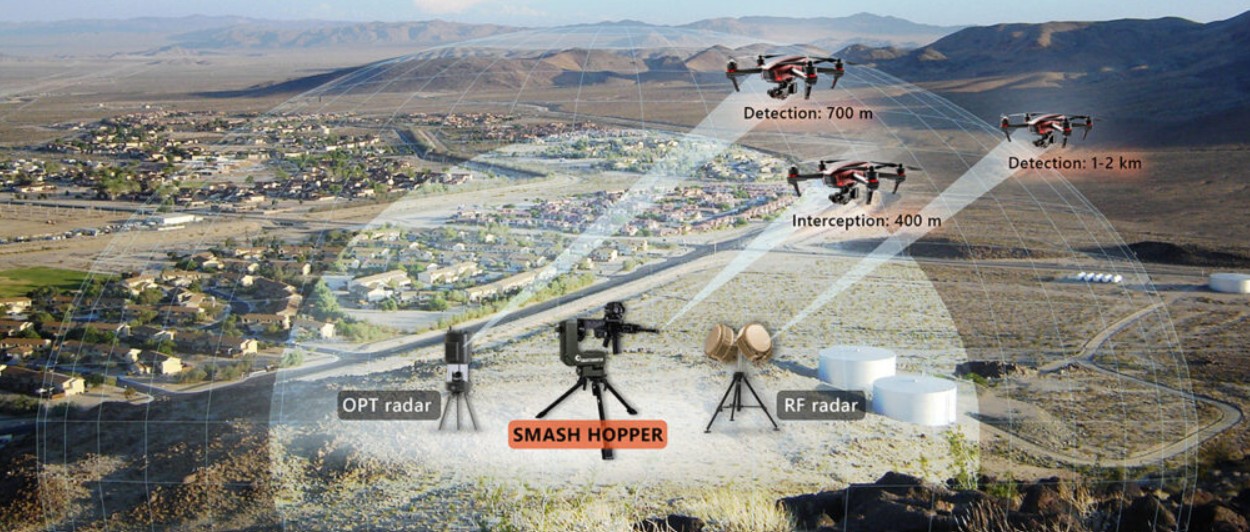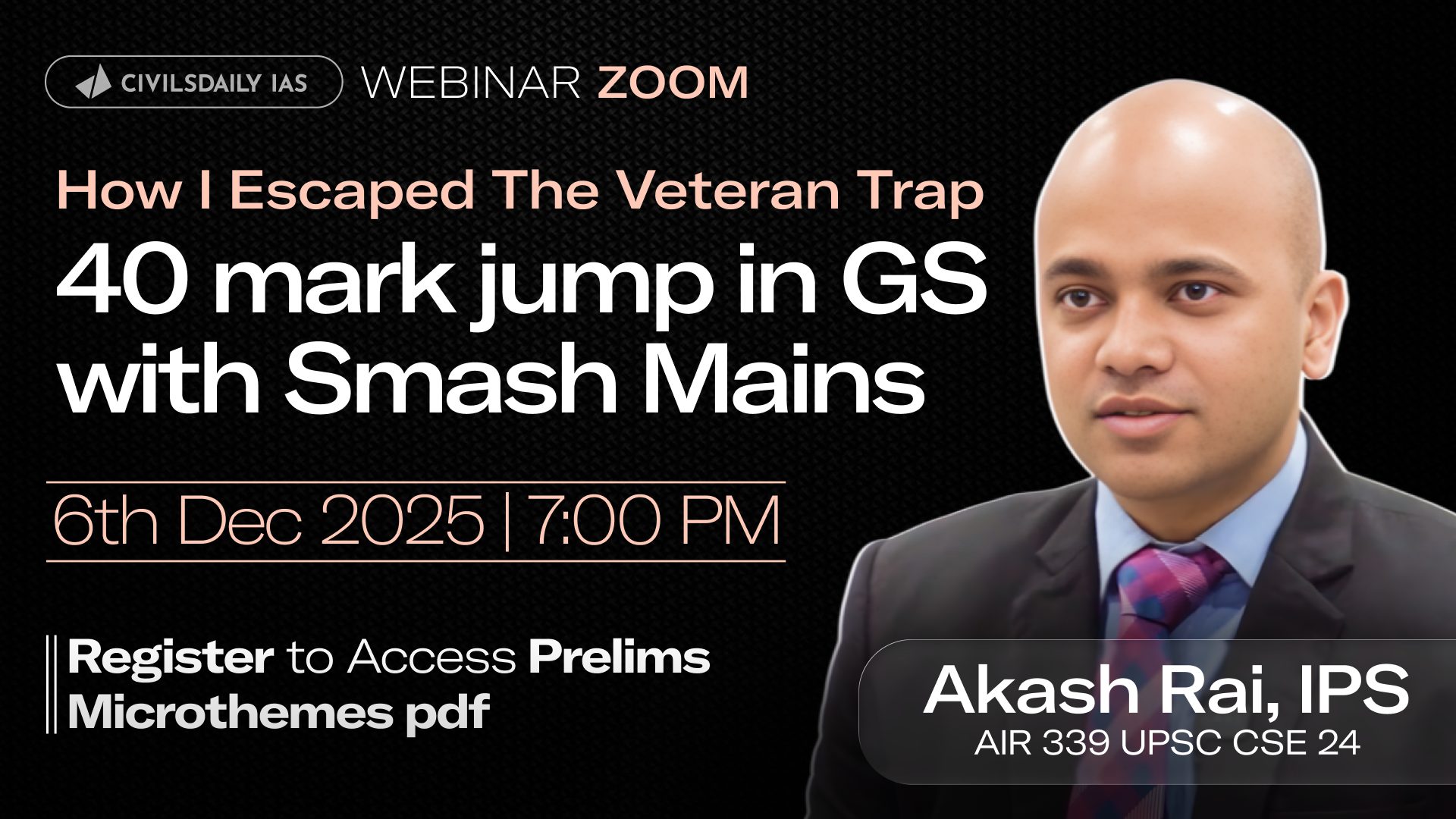Why in the News?
The Indian Army has initiated procurement of ‘Saksham’, an indigenously developed Counter-Unmanned Aerial System (CUAS) Grid, to enhance airspace security and counter emerging aerial threats.

About Saksham Counter-Unmanned Aerial System (CUAS) Grid:
- Overview: Indigenous counter-drone system developed by the Indian Army with BEL, Ghaziabad, to detect, track, identify, and neutralise unmanned aerial threats.
- Purpose: Secures the Tactical Battlefield Space (TBS) or Air Littoral—airspace up to 3,000 m (10,000 ft) against low-altitude drones.
- Origin: Conceived after Operation Sindoor, which revealed gaps in air defence.
- Acronym: SAKSHAM – Situational Awareness for Kinetic Soft & Hard Kill Assets Management; a Command-and-Control (C2) platform integrating sensors, weapons, and AI analytics to create a Recognised UAS Picture (RUASP).
- Procurement: Approved under Fast Track Procurement (FTP); aligns with Atmanirbhar Bharat and the Army’s Decade of Transformation (2023–2032).
Key Features:
- Detection & Tracking: Continuous surveillance via radar, radio-frequency, and electro-optical/infrared (EO/IR) sensors.
- AI-Enabled Prediction: Uses AI to forecast hostile activity and suggest counter-responses.
- Sensor–Weapon Fusion: Integrates jammers, directed-energy systems, and kinetic interceptors for unified action.
- Automated Command Support: Provides real-time decision aids for threat prioritisation.
- 3-D Airspace Visualisation: Displays dynamic views of friendly and hostile assets.
- Network Integration: Runs on the Army Data Network (ADN) and links with Akashteer Air Defence Control for unified airspace management.
- Mobility & Modularity: Compact, scalable, and rapidly deployable across terrains.
- Indigenous Focus: Fully designed and produced in India, demonstrating advanced self-reliant defence capability.
| [UPSC 2025] With reference to Unmanned Aerial Vehicles (UAVs), consider the following statements:
I. All types of UAVs can do vertical landing. II. All types of UAVs can do automated hovering. III. All types of UAVs can use battery only as a source of power supply. Which of the statements given above are correct? (a) Only one (b) Only two (c) All the three (d) None* |
Get an IAS/IPS ranker as your 1: 1 personal mentor for UPSC 2024

